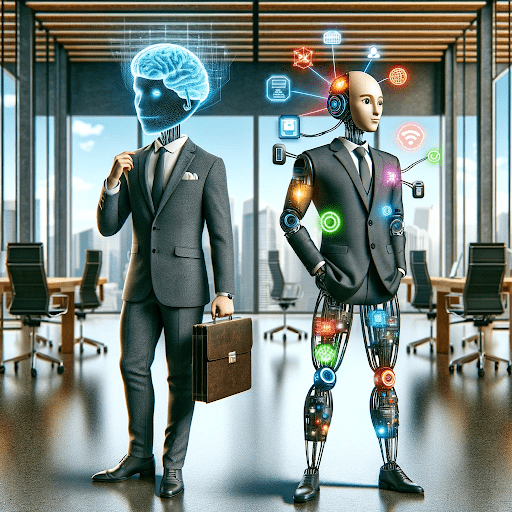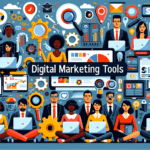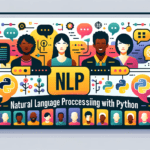Introduction
In the whirlwind of today’s business landscape, buzzwords like AI (Artificial Intelligence) and IoT (Internet of Things) are not just trendy jargon; they’re pivotal in driving innovation and operational efficiency. This blog is your guide to demystifying these terms and understanding how they’re revolutionizing everyday business practices.
Understanding Artificial Intelligence (AI):
What is AI?
AI involves creating computer systems capable of tasks that typically require human intelligence. This includes problem-solving, speech recognition, and decision-making. In business, AI can automate complex processes, offer data-driven insights, and enhance customer interactions.
AI in Action
Visualize a customer service chatbot handling inquiries 24/7 or predictive analytics helping businesses forecast market trends and consumer behavior. AI is not a distant dream; it’s a current reality, streamlining operations and giving businesses a competitive edge.
Exploring the Internet of Things (IoT):
What is IoT?
IoT refers to a network of physical objects (“things”) embedded with sensors, software, and technology, enabling them to connect and exchange data over the internet. These range from smart thermostats in offices to sensors in manufacturing equipment, making businesses more intelligent and interconnected.
IoT at Work
Imagine a retailer tracking inventory in real-time or a factory monitoring machinery to predict maintenance needs. IoT is about utilizing data from everyday objects to boost efficiency and enhance decision-making processes.
Beyond AI and IoT: Other Buzzwords Demystified:
Big Data
Big Data means extremely large data sets analyzed computationally to reveal patterns, trends, and associations. In business, it’s pivotal for understanding customer behavior, optimizing supply chains, and more.
Blockchain
Often linked with cryptocurrencies, blockchain is a system for recording information that is difficult to change, hack, or cheat. Its business applications range from secure transactions to transparent supply chains.
Machine Learning
A branch of AI, Machine Learning involves algorithms that improve through experience. Businesses use it for fraud detection, personalized customer experiences, and other tasks.
Integrating These Technologies into Business:
Strategic Implementation
It’s not just about adopting these technologies but integrating them strategically. Businesses should identify areas where these technologies add value and implement them to complement existing operations.
Overcoming Challenges
Adopting these technologies brings challenges like data privacy, the need for skilled personnel, and potential upfront costs. Overcoming these challenges requires careful planning, training, and strict adherence to data security best practices.
Conclusion
Demystifying these buzzwords reveals that AI, IoT, and similar technologies are not fleeting trends. They are essential tools for enhancing business efficiency, innovation, and competitiveness. Understanding and adopting these technologies is crucial for businesses aspiring to excel in the digital era.




